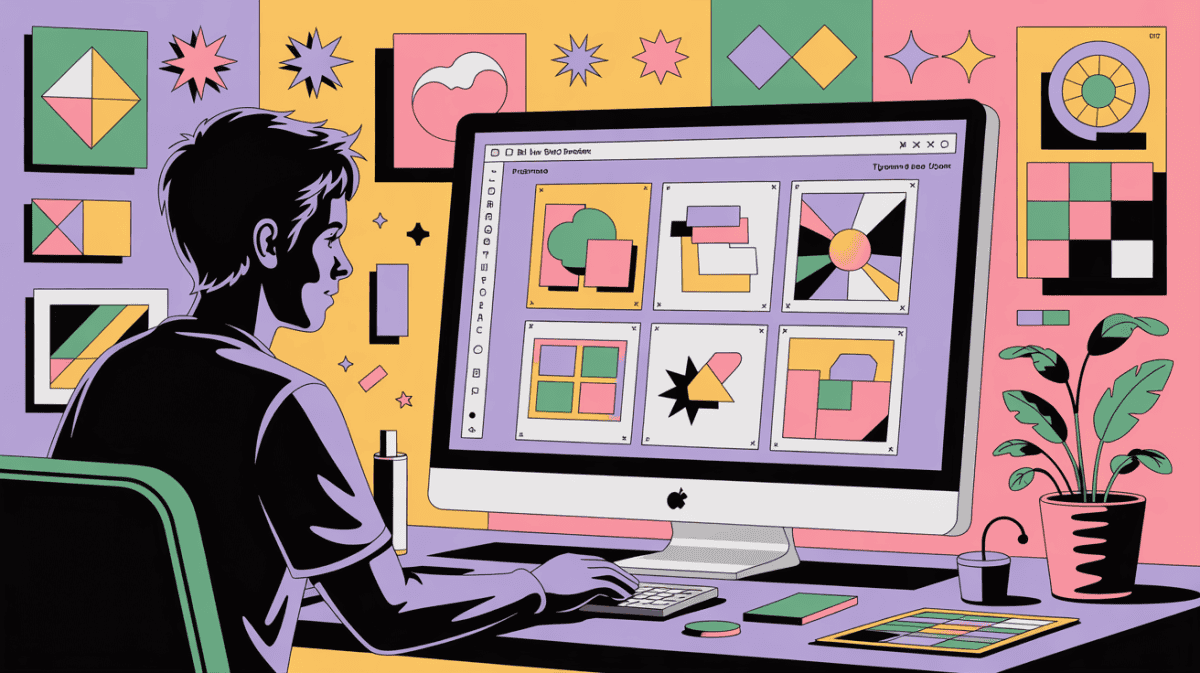Introduction
SaaS design is in crisis. Once a space for innovation and differentiation, it has become a sea of sameness, with cookie-cutter interfaces dominating the landscape. This commoditization is being accelerated by AI design tools, which are trained on platforms like Dribbble and Behance—repositories of polished but often mediocre, uninspired designs. Instead of elevating creativity, AI is reinforcing a feedback loop of generic, engagement-driven aesthetics.
The Rise of SaaS Design Commoditization
The SaaS industry has always been susceptible to commoditization. As more companies enter the space, the focus shifts from innovation to optimization. Why invest in groundbreaking design when users are already familiar with tried-and-tested patterns? This mindset has led to a proliferation of lookalike dashboards, generic onboarding flows, and predictable UI kits.AI tools have only exacerbated this trend. Platforms like Figma’s AI assistant or Adobe Sensei promise to streamline workflows by generating layouts or components automatically. However, these systems rely on data from existing designs—many of which prioritize engagement metrics over user experience or originality. The result? A flood of interfaces that look great at first glance but fail to offer meaningful differentiation or solve real user problems.
How AI Is Reinforcing Mediocrity
AI’s reliance on training data is both its strength and its Achilles’ heel. When the majority of its input comes from platforms like Dribbble, where designs are optimized for visual appeal rather than functionality, the output reflects those biases. It churns out designs that are aesthetically pleasing but lack depth, usability, or cultural context.This creates a vicious cycle:
- Designers use AI tools to save time.
- AI generates designs based on existing trends.
- Those trends become the new standard, further narrowing creative possibilities.
Moreover, AI often optimizes for engagement metrics like clicks and time-on-site, which can lead to manipulative dark patterns rather than user-centric solutions. Infinite scrolls, hidden opt-outs, and overwhelming dashboards are just a few examples of how automation can prioritize profit over people.
Breaking Free from the Cycle
To combat this commoditization, designers need to take back control:
- Curate Better Training Data: Train AI models on diverse datasets that prioritize usability and inclusivity over aesthetic trends.
- Focus on User Needs: Shift away from engagement-driven KPIs and prioritize solving real problems for users through thoughtful design.
- Challenge AI Outputs: Don’t accept AI-generated designs as final; treat them as starting points for deeper exploration and refinement.
- Embrace Cultural Context: Avoid one-size-fits-all templates by incorporating local and cultural nuances into your designs.
Conclusion
The commoditization of SaaS design isn’t inevitable—it’s a choice. While AI tools have the potential to revolutionize workflows, they must be wielded with intention and oversight to avoid perpetuating mediocrity. Designers have a responsibility to push beyond what’s easy or expected and create experiences that truly stand out in both form and function.


Lascia un commento